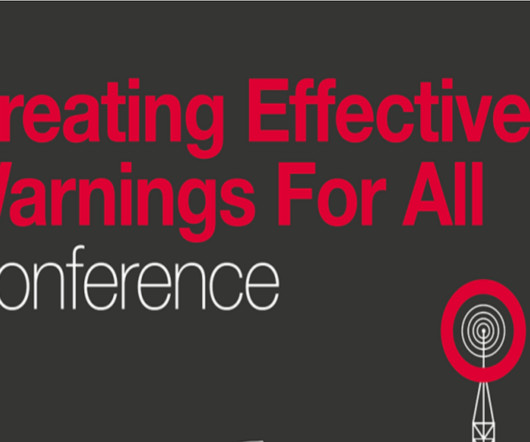Resilience is an illusion
Emergency Planning
MAY 14, 2024
This is not to denigrate the work of resilience managers, as there is obviously much to be done to reduce the risk and impact of adverse events. Secondly, and more importantly, vulnerability, risk, impact and their controlling factors are all trending. Natural Hazards and Earth System Sciences 13(11): 2707-2716.















Let's personalize your content